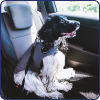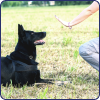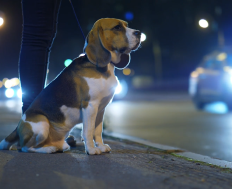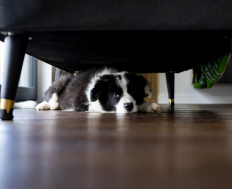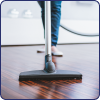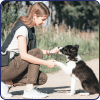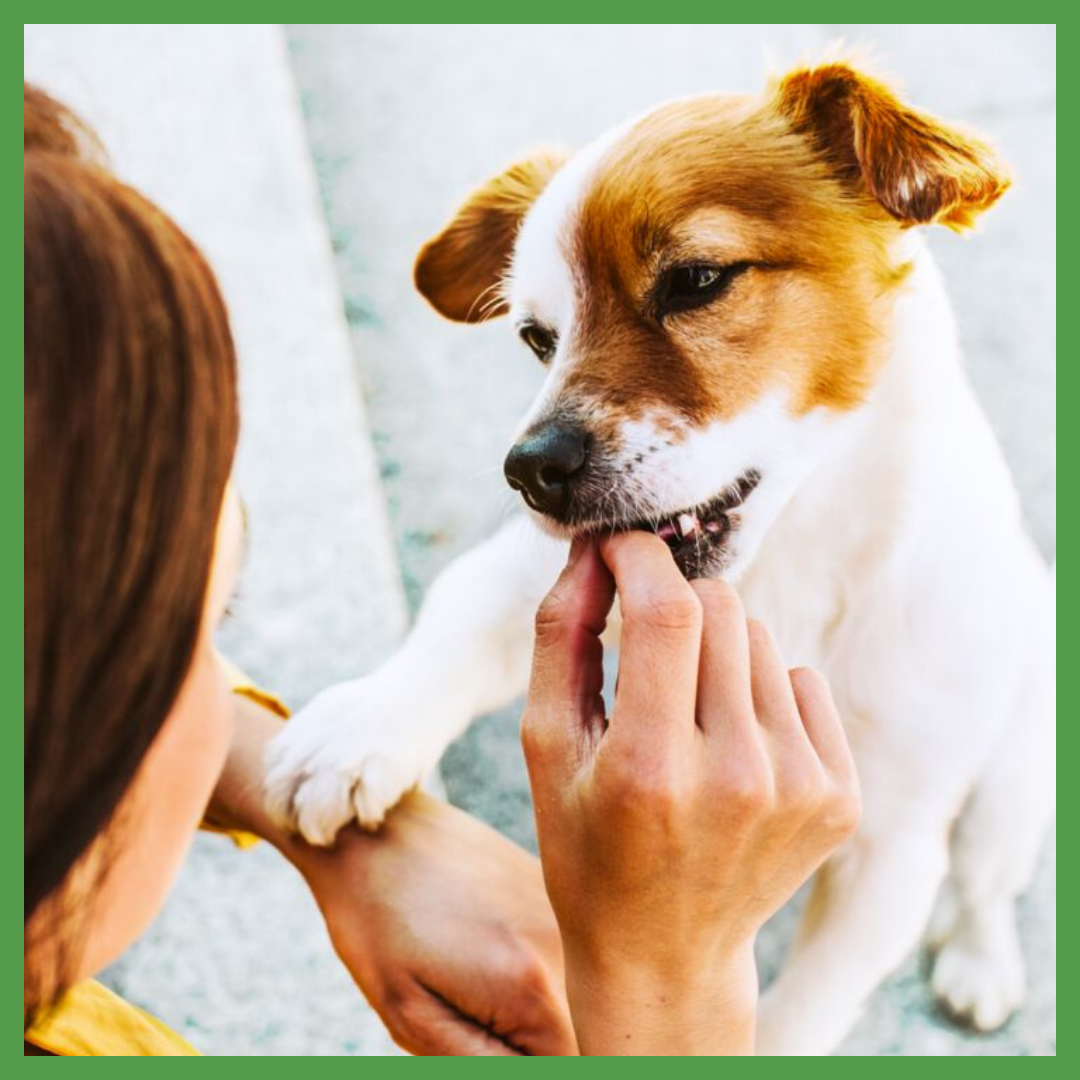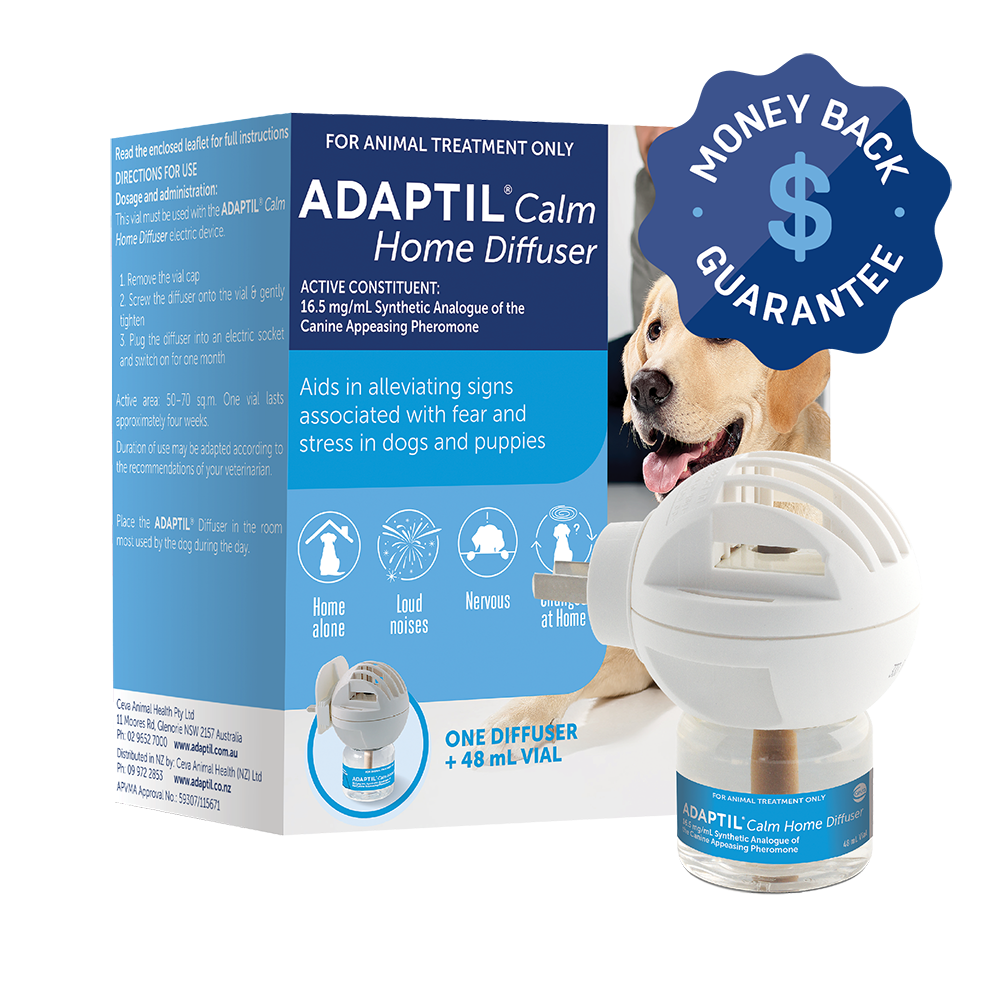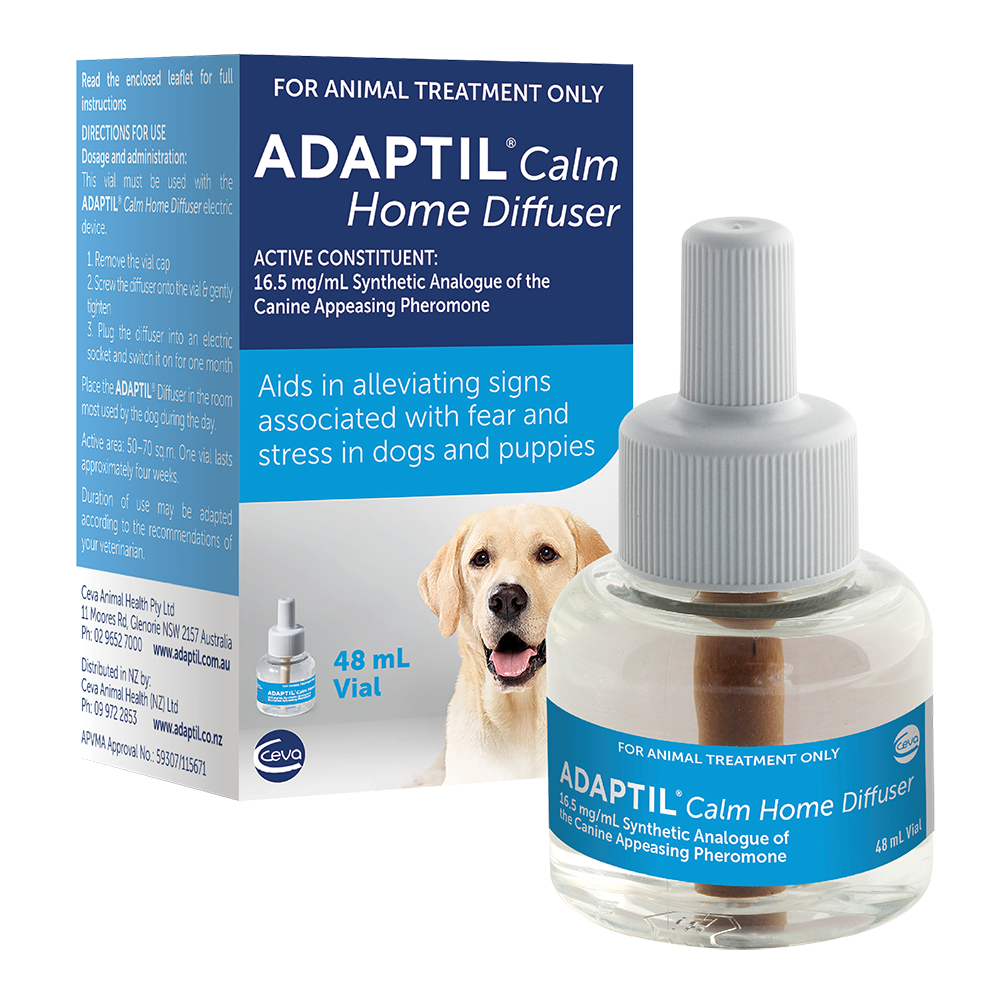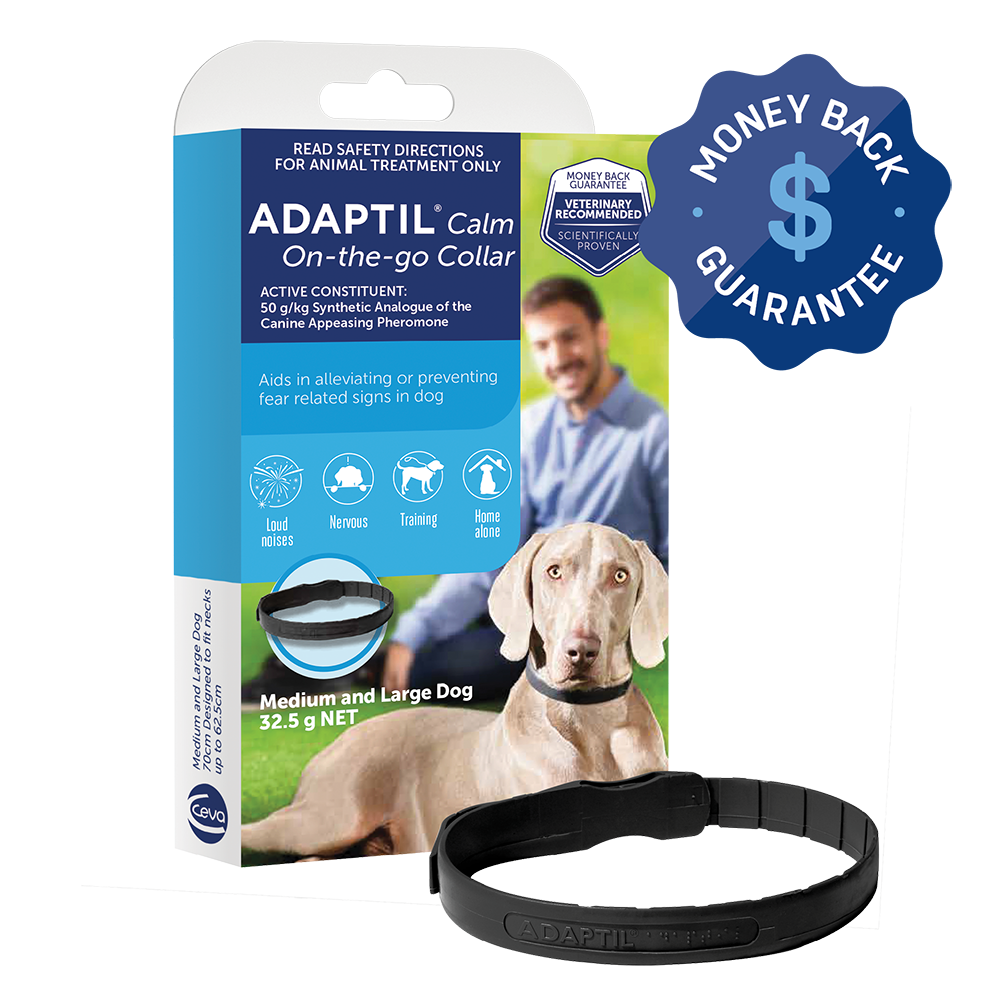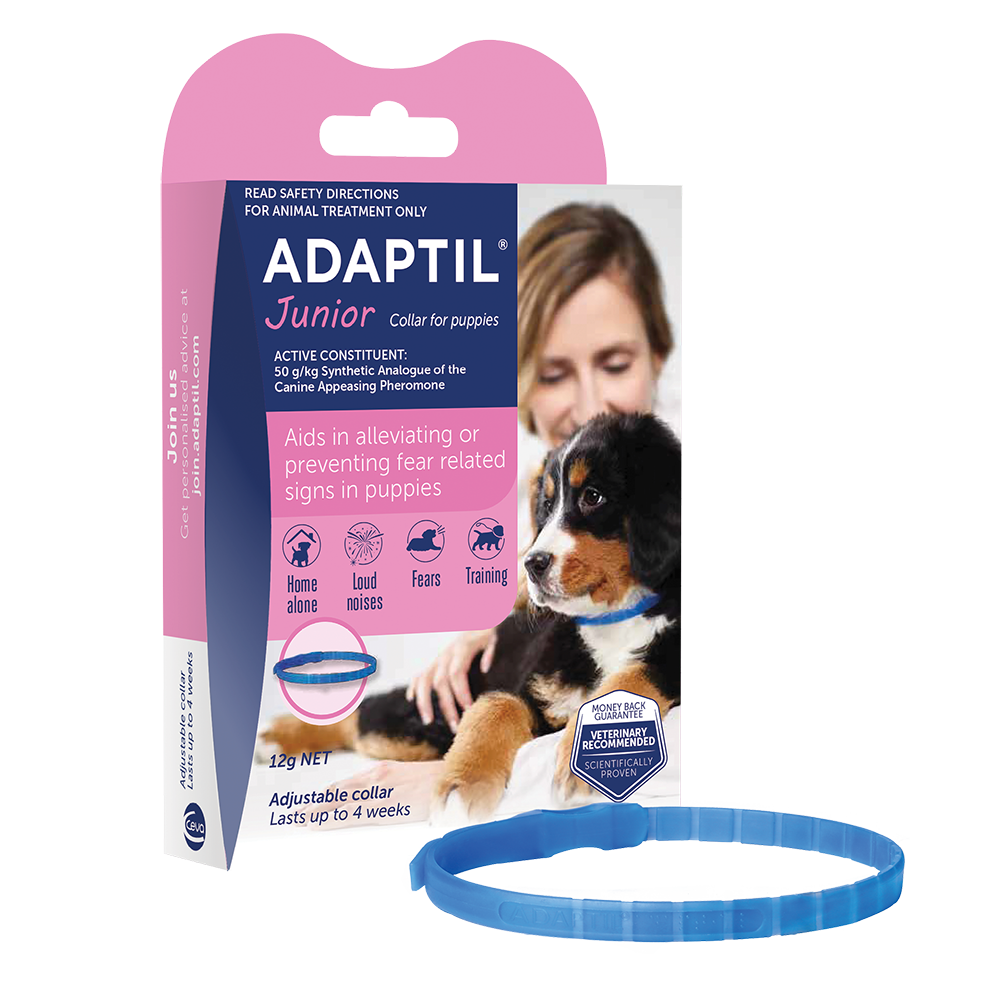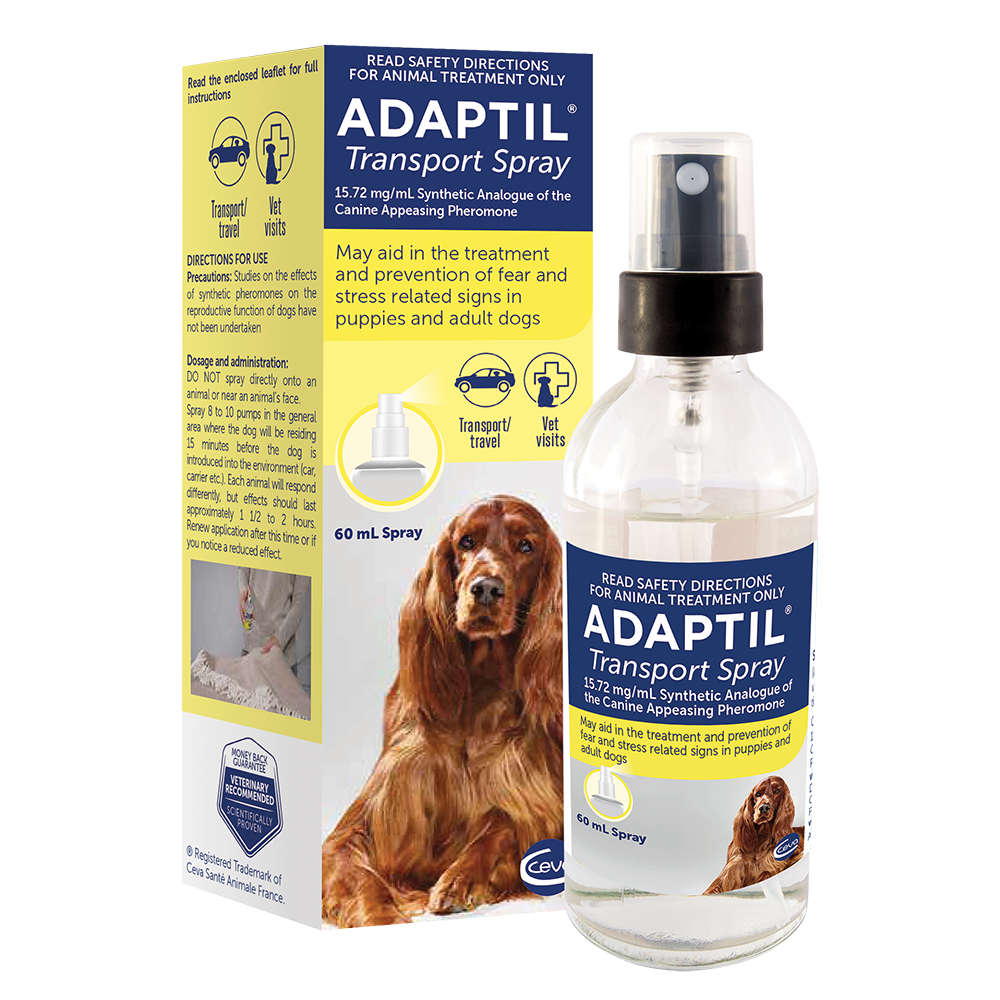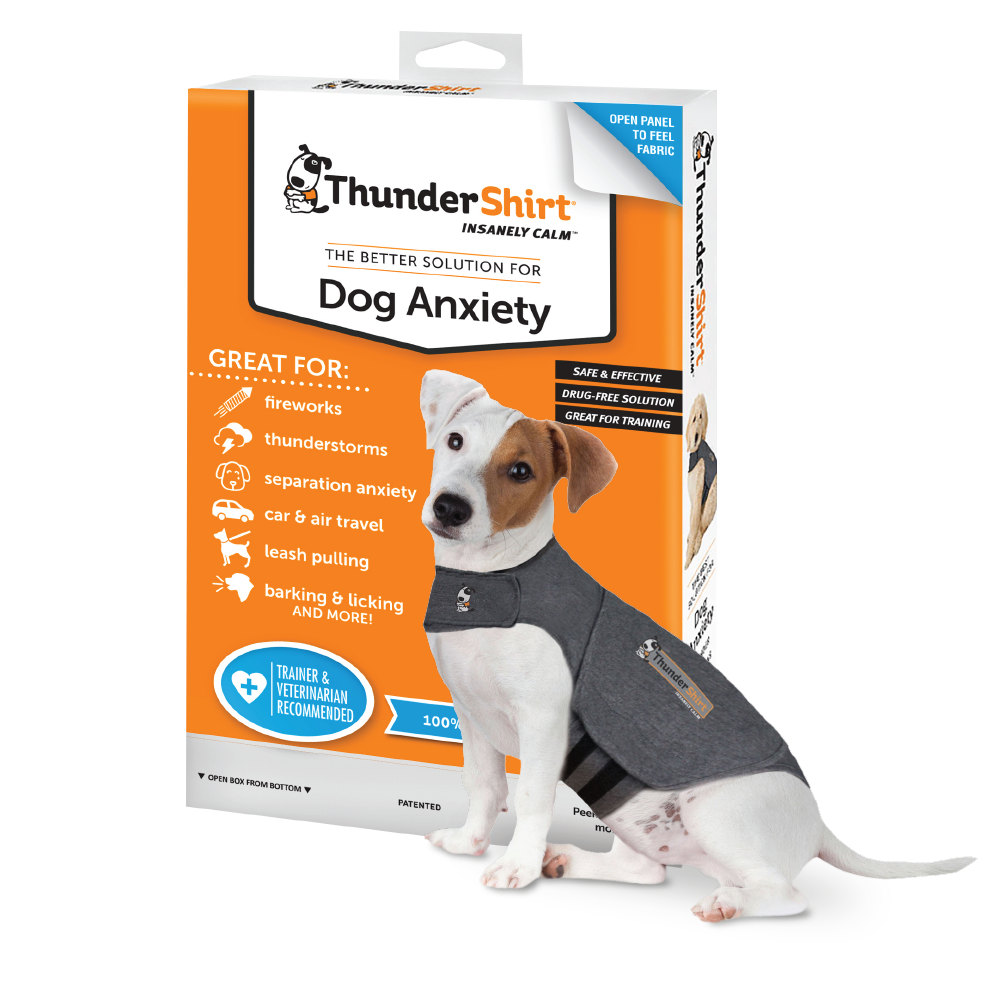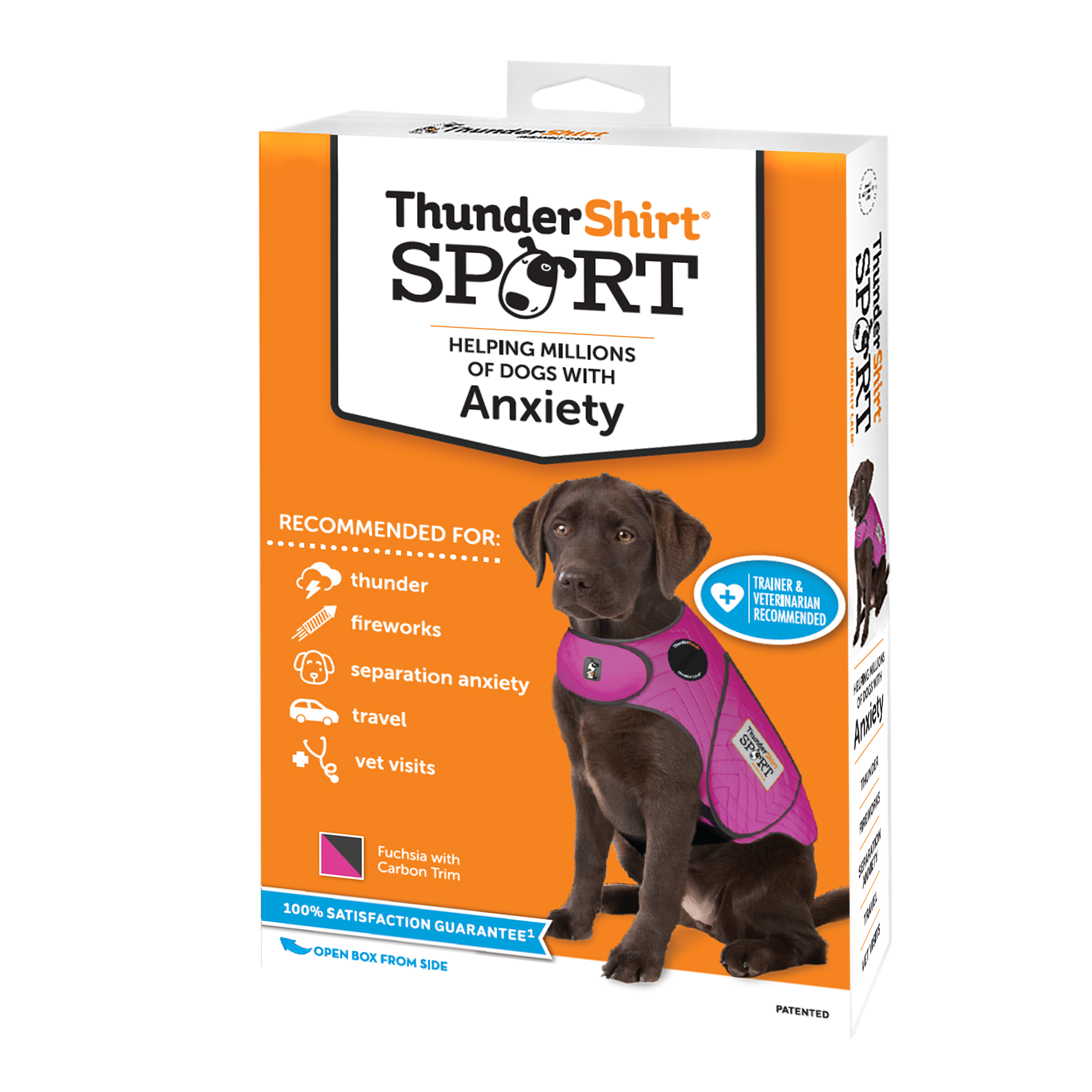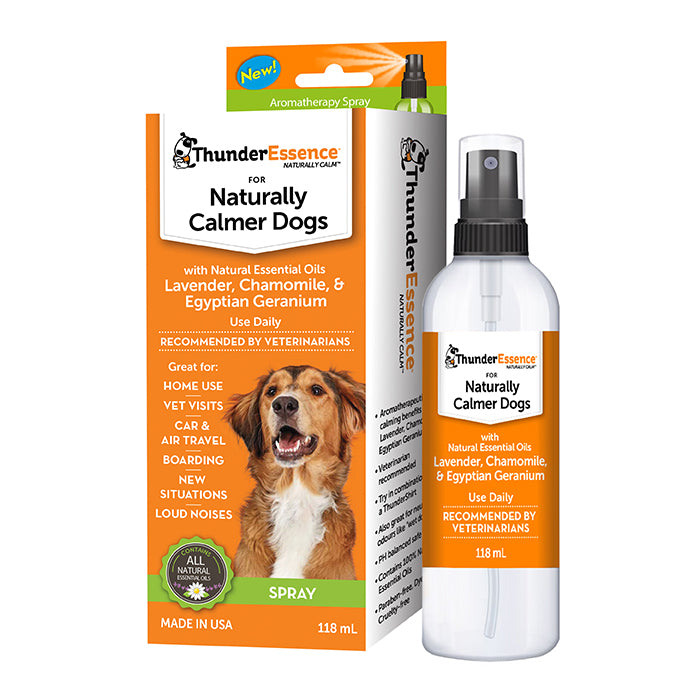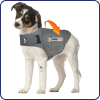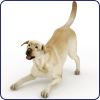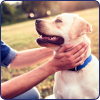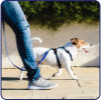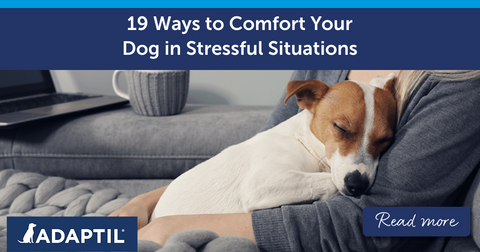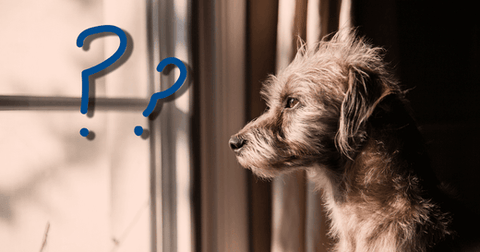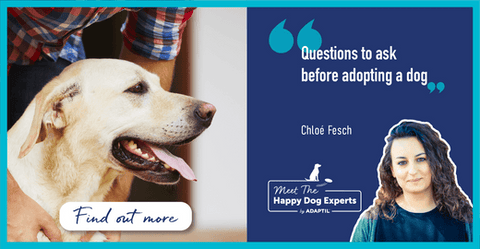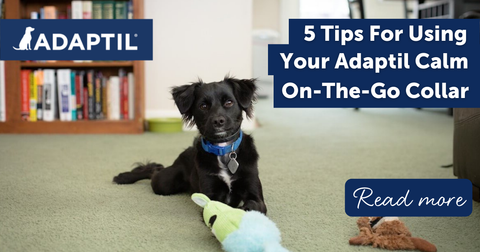Getting a nervous dog to calm down may seem like an impossible task, but don't worry, it is not. All you need is knowledge, dedication and patience. It may take time but the rewards will be worth it for the well-being of your dog and your relationship with your pawsome pal!
Read on to find out the 4 key steps from our Happy Dog Expert Elena Garcia. Let's outline the process step by step.
Step 1: Assessment
From 0 to 10 rate your dog's nervousness, where 0 represents the calmest dog in the world and 10 one that cannot sit still.
Now, let's evaluate some other aspects:
Chewing:
- Your dog does not have anything available to chew on and nibble on (red)
- About once weekly your dog has access to objects that they can rip apart (orange)
- Your dog always has something available that they can chew on and rip apart (green)
Walks:
- Your dog is walked for less than one hour daily (red)
- Your dog is walked in off-lead areas or in the countryside for at least one hour daily (orange)
- Your dog is walked in off-lead areas like in the countryside and interacts with other dogs too for at least one hour daily (green)
Food:
- Your dog is always hungry and you have to cut back on food portions (red)
- Your dog is often hungry but you enrich feeding time and it seems to help (orange)
- You always enrich feeding time and even though your dog would eat more, they do not spend the whole day looking and begging for food (green)
If you have chosen any red or yellow options, try to turn them into green if at all possible. This will help your dog to calm down.
Once you know where your dog is currently you can start working to help them.
Step 2: Relaxation exercise and first guidelines
Practise the relaxation exercise for five minutes, three times a day, and always remember to make a hand signal before you start. In the beginning do this indoors and during quiet moments.
- Say good boy/girl to give your dog a verbal reward whenever they are calm.
This may seem counterproductive at first, as often when you speak to your dog they become active again and it feels their behaviour will never improve. This is when being patient plays an important role. Try to speak softly to avoid stimulating them, and if your dog becomes active again, do not worry if you continue with this practice they will stop in time.
- Try not to pay attention to your dog when they are anxious.
It is important that your dog sees that you are there for them, but that you are not telling them off or trying to calm them down all of the time.
For example, imagine you have a friend visiting who is not very keen on animals and your dog won't stop bringing her toys, barking and pawing at her to throw them. You could tell your dog off, try to calm them down or ask them to sit by your side. You could also give your dog something to chew on or give them a food dispensing toy to keep them busy. Their behaviour will be affected by how you behave. If you ask your dog to stay by you and pet them, or give them something nice to do, you will end up with a dog that will behave nicely and will understand how you want them to behave when you have a visitor.
You can move on to Step 3 once your dog doesn't get excited when you praise them for being calm, and your dog calms down quickly when they see the blanket to rest on or when you give the signal for the calming exercise.
Step 3: Improvement
Practise the relaxation exercise, but this time alternate with activities that make your dog nervous or excited, such as playing or ringing the front door bell.
Start by rewarding them for being calm in environments that are more stimulating than your home, such as on a walk in an urban area or going to the vet or going to a friend's home.
You can move on to Step 4 when your dog calms down quickly when practising the relaxation exercise after a period of activity.
Step 4: Staging
Practise the relaxation exercise away from home, in situations that make your dog excited, such as playing with other dogs, or when they are exposed to visual stimuli that excite them.
Beware: never try the relaxation exercise to try to divert their attention away from other stimuli going on, as this would spoil the work you have been doing. Remember always to do the exercise AFTER the stimuli that trigger their excitement are gone, or once you have left the area.
And, remember that even once your dog knows how to relax and stay calmer, you should NEVER stop giving them verbal rewards when they stay calm and relaxed.
Read more expert behaviour advice and top tips from our Happy Dog Experts here.


